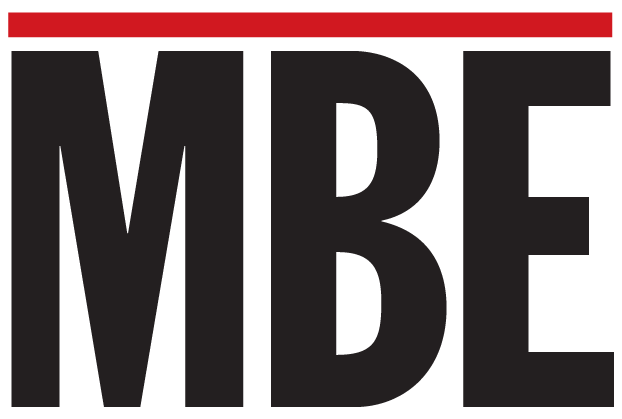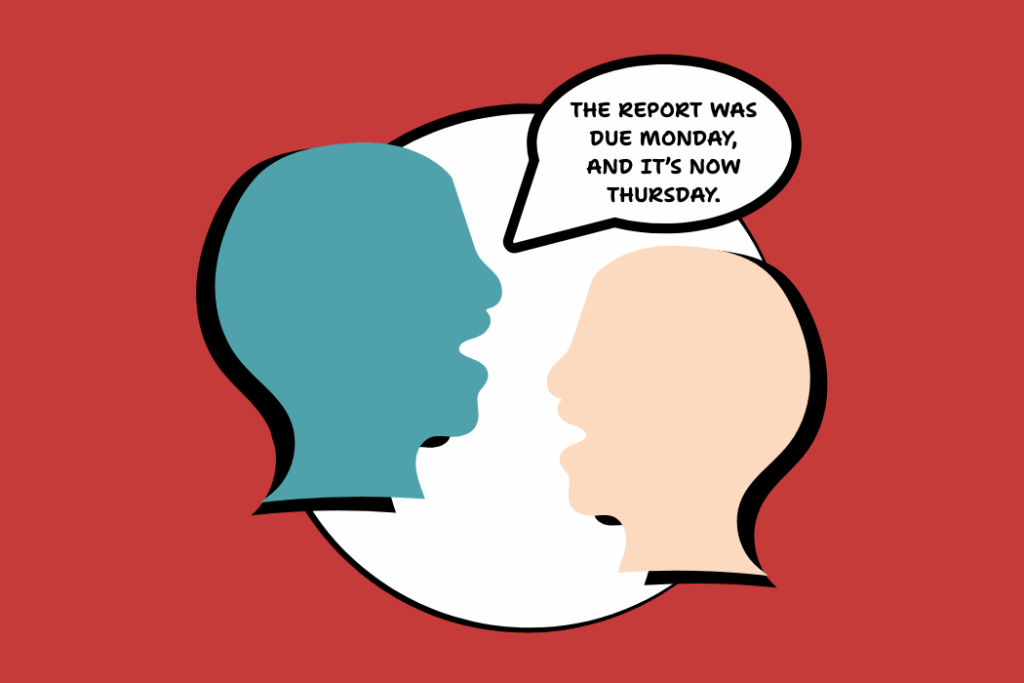
In today’s business environment, supplier diversity, increased innovation and sustainability are frequently linked together within larger organizations. Which makes it that much easier for businesses to support their sustainability standards, not just through restructuring their internal processes, but in the vendors they choose to work with.
While climate change and the need for more sustainable practices are still hotly debated by politicians, most business owners and executives see the value in sustainability. Almost 60 percent of business professionals today agree that sustainability drives significant aspects of their revenues, according to the Ethical Corporation’s Responsible Business Trends Report. A wide range of industries, including education, manufacturing, logistics and technology, are aligning their supplier diversity goals with their sustainability standards.
Searching for Diverse Suppliers
There are many resources available to businesses today to help companies build a diverse supplier base in their procurement of goods and services. Connxus (https://connxus.com/supplier-diversity-solutions/buyer-services-connxus-database) and Dun & Bradstreet (https://www.dnb.com/products/supplier-management-tools/supplier-diversity-data.html) are just two databases thatlist millions of diverse suppliers. Each one of these databases is a valuable resource, providing important information about sustainable investing, among other issues. Each one can help you to build an ecosystem of suppliers (i.e. a supply chain) that will meet your diversity and sustainability goals.
For chief procurement officers (CPOs) and other executives who handle procurement, cost savings and consolidation remain top priorities, according to a 2018 Deloitte CPO Survey (https://www2.deloitte.com/us/en/pages/operations/articles/chief-procurement-officer-survey.html). Managing corporate social responsibility (CSR) is also among the top 10 priorities for these professionals, as they work to provide cost-effective products and services.
How Digitalization is Driving Sustainability
Such technologies as Big Data, the IoT and AI, which enable the digitalization of hardware- and paper-based processes, can reduce, and even eliminate, the need for less ecofriendly resources. Big Data’s computing and networking technologies, for example, may provide infrastructure for future datacenters that will handle such applications in an increasingly energy-efficient (http://staff.scem.uws.edu.au/~bjavadi/papers/CH0002_Mehdipour_Noori_Javadi.pdf) manner.
These days, both large and small organizations are using digital tools to monitor their environmental footprints; these new technologies, in turn, contribute to more sustainable practices. The three areas seeing the greatest impact of this convergence between digitalization and sustainability, according to an MIT study (https://sloanreview.mit.edu/article/the-convergence-of-digitalization-and-sustainability), are: investor behavior, urbanization and economic demand. The results are win-win: digital assessment tools enable investors to take a sustainable approach to investing; digital technologies improve sustainable living conditions; and on-demand consumer service providers make supply chains more efficient.
Communication Sets a Foundation to Developing Sustainable Business Practices
For any organization, adopting sustainable business practices requires both an internal and external organizational shift. Internal communications need to promote concrete sustainable practices, while also anchoring these values within the company’s culture. External communications should generate buy-in from business partners, suppliers and service providers. They can also help in implementing sustainable business practices.
Finally, it is important to communicate your priorities about diversity and sustainability to your customers, who are likely to share your commitment. Publishing your plans for sustainability and diversity on your organization’s external communication channels as well as in editorial outlets will give your company a voice in this important issue. It’ll also help you to reach a wider audience.













